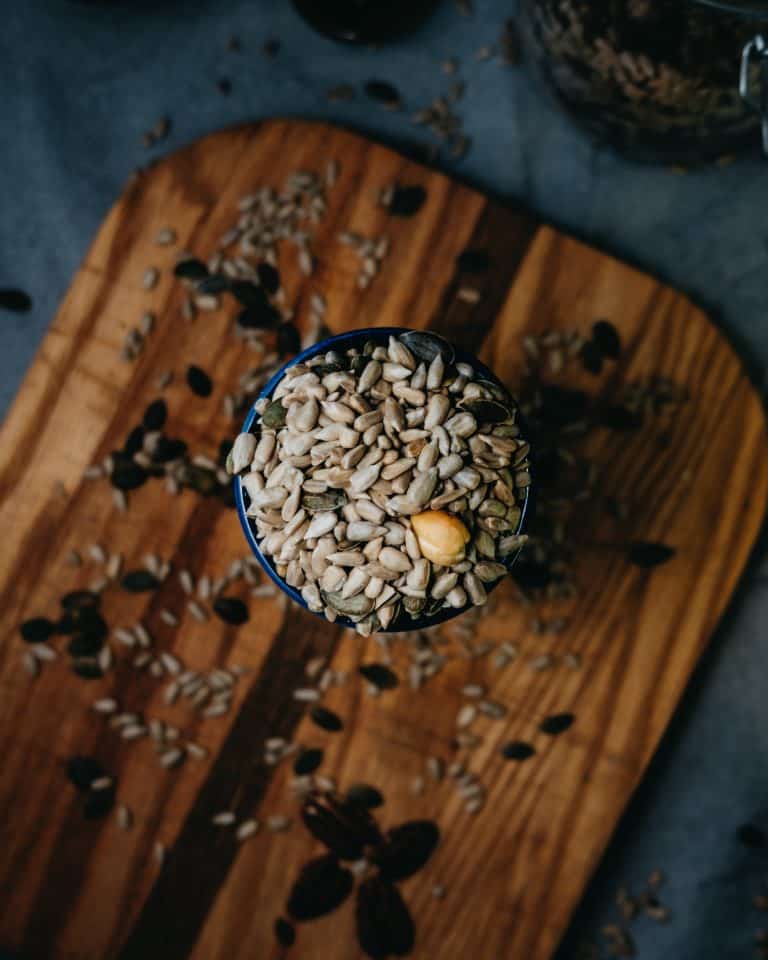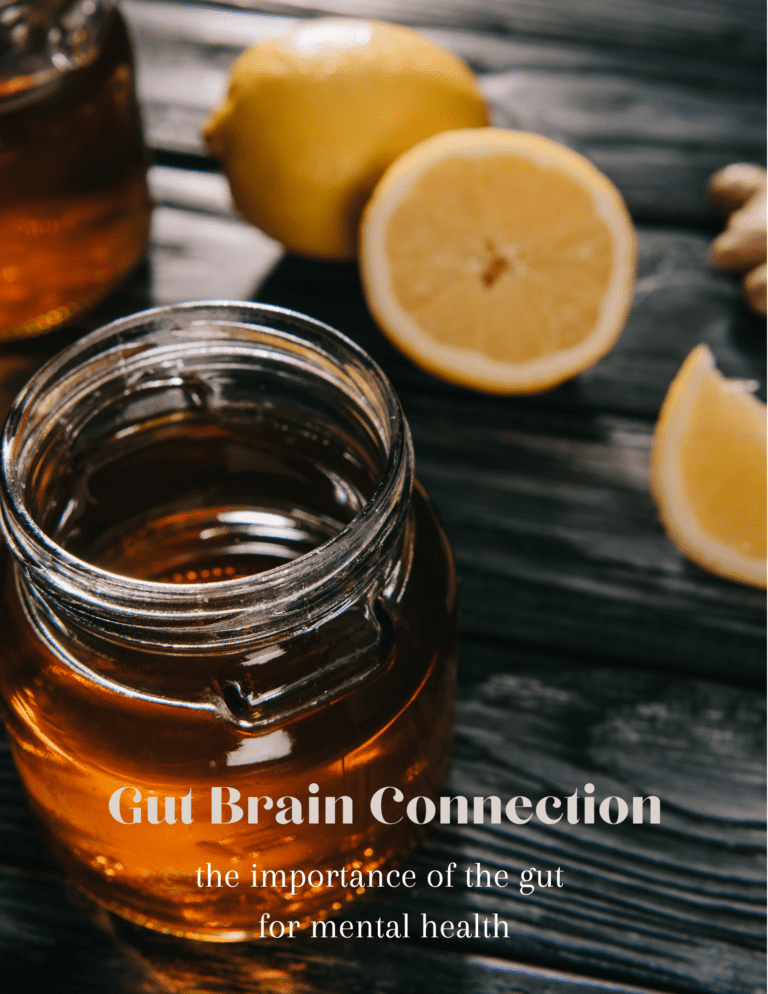Hi Everyone!
I wanted to do a blog post on the Elimination diet to give you some background as to why I decided this diet was right for me. Also, this will give you the opportunity to reflect on if this is the right strategy for you to try!
Background info:
For the last two years, I have been experiencing this weird “rash” on my elbows that comes and goes. I have never figured out what it was and until recently, I didn’t really care to be honest. It was intermittent and I thought it was purely related to stress so I essentially ignored the problem. (Par for the course…. Haha)
Recently I had been more curious and had done some google searches on my symptoms, which is always a death sentence, but I had to start somewhere.
I found something that sounded and looked similar to my condition called Duhring’s disease. This is basically a rash that occurs from improper digestion of gluten and is directly related to Celiac Disease.
Since I understand whole heartedly the repercussions of Celiac Disease, I figured that I need to at least rule it out as a potential reason for this recurring rash. So, I decided to try an elimination diet and walk you through (based on my own scenario) how to approach one.
(I don’t like the word trigger or problem foods, but for the sake of getting my point across I am going to be using those words. I don’t believe that any food should be considered a problem food unless you are getting sick from it)
What is an Elimination diet?
This is pretty self explanatory. It is a TEMPORARY diet where you eliminate foods that you identify that may be related to your symptoms.
For example, over the past few years I have noticed that I primarily get symptoms when I:
- eat a large, white pasta meal
- go on an extensive hike
- drink alcohol
So what the symptoms and timing tell me is that it’s either related to gluten, stress (physical and mental), or alcohol. It could also be a combination of one or more. So I will be “eliminating” all three likely causes.
What are the steps to an Elimination diet?
The first thing you always want to do is keep a journal of your symptoms. I would say take a mental note, but sometimes we miss/ignore something that we have been accustomed to for so long. I highly recommend using a detailed journal for at least a week to track how you feel after each meal. If your symptoms are very specific like mine (ex. a rash, diarrhea, vomitting, etc.) then you likely have a good idea already what may be contributing to your symptoms. Take note of what you ate, felt, and the activity that you were participating in around the time of the symptoms occurring.
You can find my journal template here.
Now, sometimes symptoms may show up a few days later or a few hours later. Everyone is different. You may even need to track a journal for longer than a week, but it’s important to get a general idea of potential “triggers” that may be causing you discomfort.
Ok I know what might be causing my issues, what next?
Next, we want to create a meal plan or a general plan to follow when starting this diet. The diet typically lasts 3 weeks, or roughly 23 days, in order for our bodies to adjust to the new eating habits. If you’re the type of person that can eat the same things every day then GREAT. Find something that works and stick to it for the three weeks. Remember it’s temporary for now. Once you narrow down your problem-causing foods, then you can create a more realistic meal plan for a lifestyle change.
If you struggle to eat the same things, then a meal plan would be ideal for you to create. I provide a sample elimination diet meal plan when you sign up via email in the form below. This meal plan eliminates the top 8 food allergens. So it’s a good place to start if you are unsure of how to make a meal plan.
[mc4wp_form id=”814″]
Follow the meal plan for 3 weeks.
During this time it is IMPORTANT that you document any changes. Check in with yourself after every meal and ask yourself things like…
- Am I still bloating?
- Am I cramping?
- Any sort of rash?
- Do I feel tired? Full? Hungry?
Just take note of how you feel and understand that you’re going through a transition period. It may take some time to feel a difference.
Reintroduction
This is another very important step. You’ve done the Elimination diet and now you’re ready to reintroduce one food at a time.
I would start with the food you feel gives you the least amount of issues. For example, I don’t feel that alcohol is the source of my problem, but rather just a contributor. So I would try drinking alcohol one night. ONLY THE ALCOHOL. No other trigger foods.
Then wait a few days and if you have no other symptoms, reintroduce another food.
If you do have symptoms, note the symptoms and start reintroduction with others.
Hold off on eating that problem food throughout the rest of the reintroduction period. Below is an example of the pattern I would follow:
Monday- Reintroduce alcohol ONLY
Tuesday- Wait, no alcohol
Wednesday- Wait, no alcohol
Thursday- Wait, no alcohol
Friday- Have not had any symptoms, reintroduce gluten ONLY, no alcohol
Saturday- Wait, no alcohol or gluten
Continue to wait a few days and track symptoms. Repeat these steps with all other trigger foods.
Lifestyle Change
Once and if you have identified some food that is causing you some problems, you now address why this might be causing issues. Talking with your doctor or a dietitian is helpful with understanding what the underlying causes might be and if this is a certain food that you will need to avoid in the future.
If I am in fact reacting to gluten, then I will be getting tested for Celiac disease just to rule out that I am not dealing with an internal problem in my small intestine. Your doctor can help rule out any allergies by completing an allergy test, blood work, etc.
How do I eliminate stress though??
This might be the hardest one to target, but also could be the most important. Stress can cause a number of digestive issues so it’s really important to hone in on this one. Some strategies I am going to incorporate during these 3 weeks are:
- Meditation daily
- Physical activity daily of some sort
- Prioritizing my mental health
Do things that help you relax. I’m not saying that once the three weeks is over, we’re going to reintroduce stress. But if you do reintroduce all the foods and find that you are having no problems at all, then maybe your problem was just stress, which is far better than having to eliminate any foods or go get tested for allergies.
I hope that in watching/following, this will help you understand what may be going on in your own digestion/mind.
Leave me a comment in the box below if you find this helpful!



